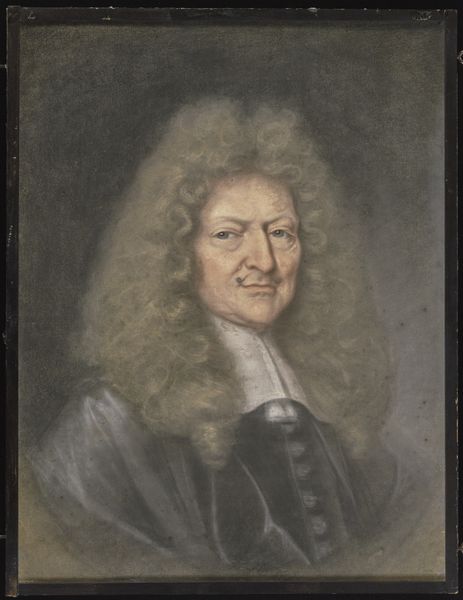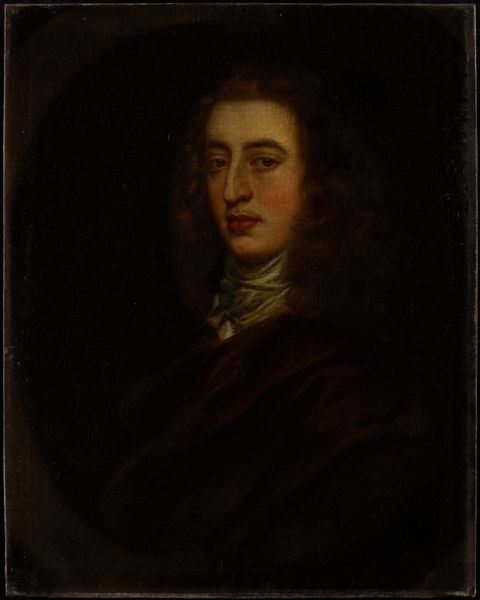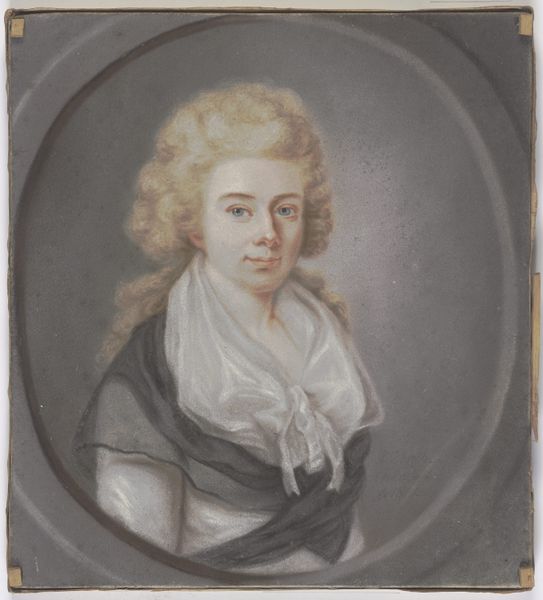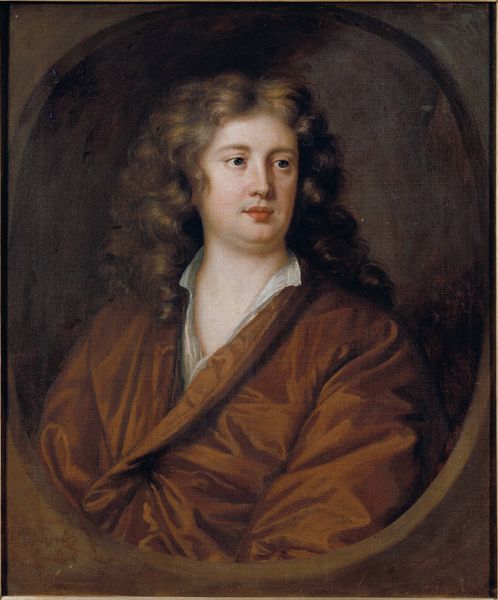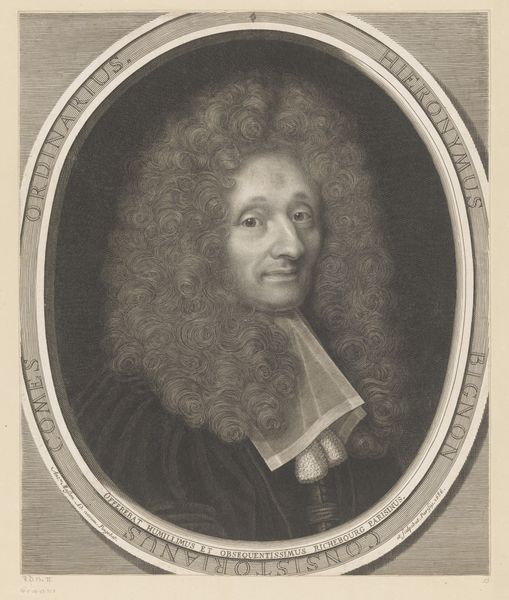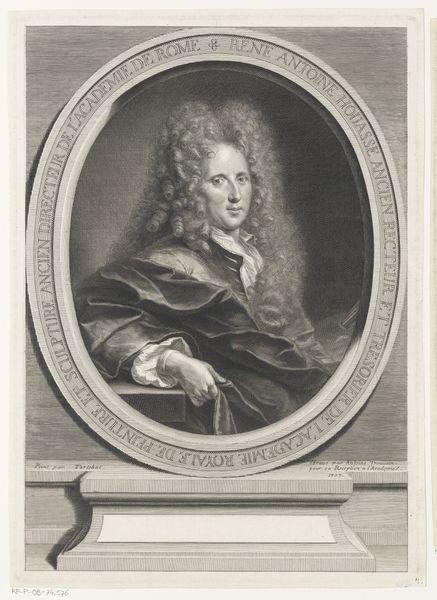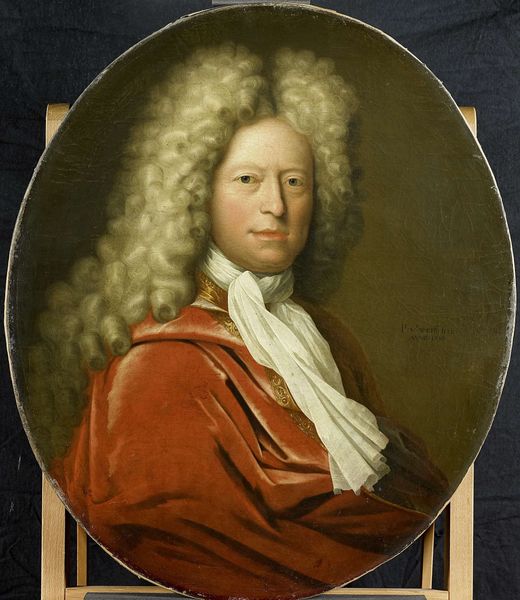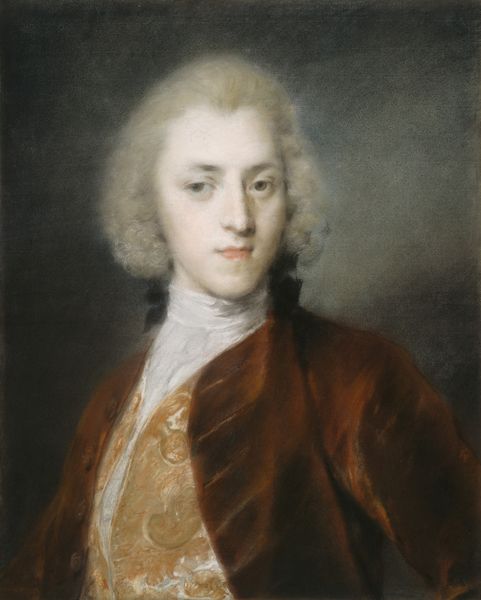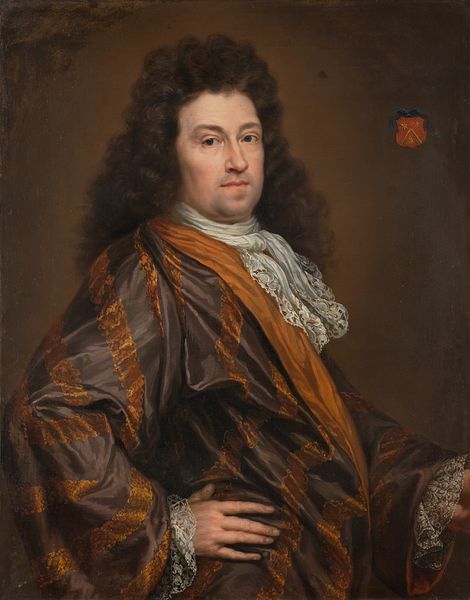
Dimensions: 11 5/8 x 9 in. (29.5 x 22.9 cm)
Copyright: Public Domain
Henrietta Johnston made this pastel portrait of Pierre Bacot in the early 18th century, likely in the Carolinas. Johnston was the first known female artist working in the American colonies, and her story invites us to think about the social conditions that made artistic production possible. Johnston's portraits offer insights into the tastes and aspirations of the colonial elite. Bacot, with his powdered wig and refined attire, embodies the image of the successful merchant or landowner. But look closer and consider the limitations placed on women in this society. What opportunities were available to women to practice art professionally? How did gender roles shape the subjects she chose to depict, and the way she portrayed them? Historians rely on archival materials such as letters, inventories, and legal documents to reconstruct the lives of artists such as Johnston and the world in which they operated. By examining the social and institutional contexts of art, we can gain a deeper understanding of its meaning and significance.
Comments
No comments
Be the first to comment and join the conversation on the ultimate creative platform.
